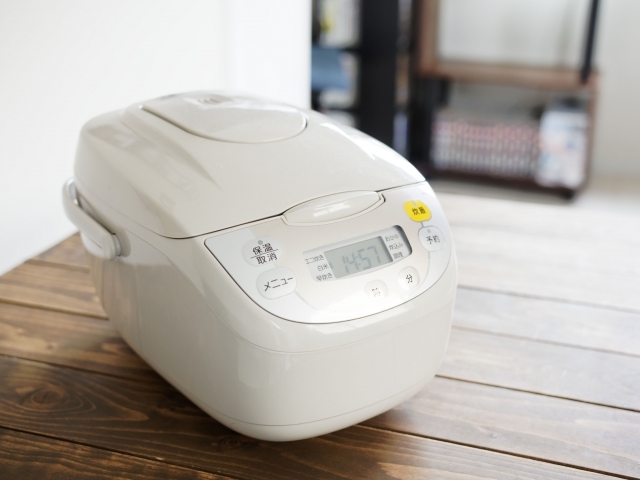Few appliances capture Japan’s pursuit of perfection like the humble rice cooker. From postwar innovation to cutting-edge smart designs, this everyday kitchen device reflects not only Japanese technology but also the country’s deep respect for rice as a staple food.
From Simple Beginnings to Smart Innovation
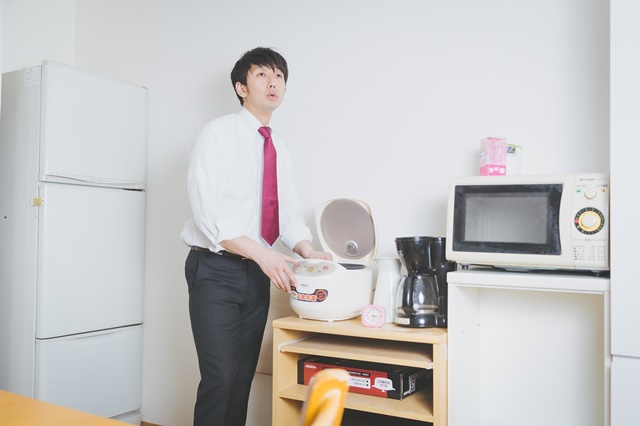
The first electric rice cooker appeared in Japan in the mid-1950s. It was a simple pot that heated automatically and switched off when the rice was done. Soon, timer functions were added so people could prepare rice without constant attention — a major convenience for busy families.
As technology advanced, manufacturers competed to improve taste and texture. Each generation introduced new materials, sensors, and programs that made cooking rice easier and more precise than ever before.
Different Sizes for Every Household
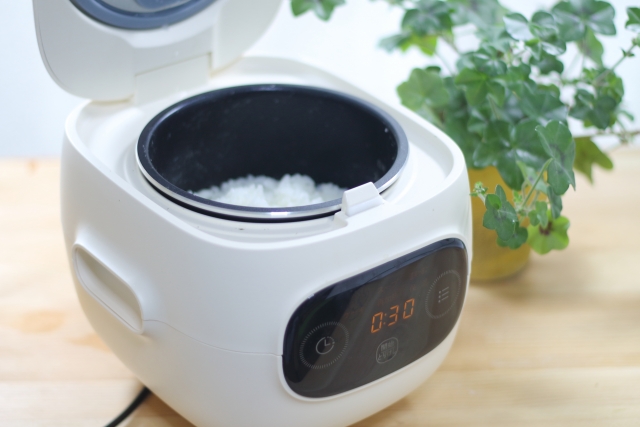
Japanese rice cookers come in various sizes, typically measured in gou — a traditional rice unit.
The most common models range from 3 to 8 gou (about 450g to 1.2kg), suitable for small to medium families.
Compact cookers for singles and large gas-powered cookers for restaurants are also available, some capable of cooking up to 30 gou (around 4.5kg).
High-End vs. Budget Models
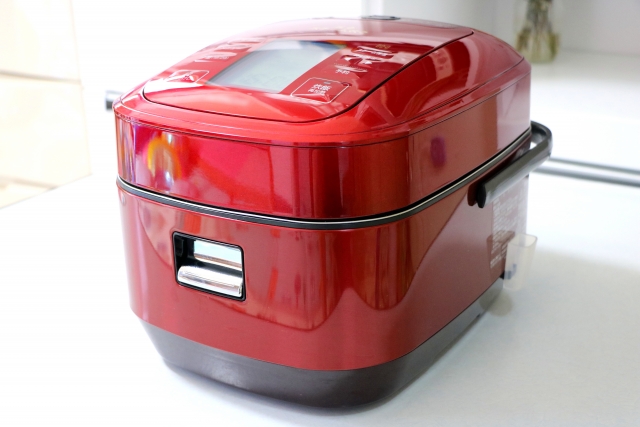
The price range of Japanese rice cookers varies dramatically — from affordable models under $100 to premium versions that can cost several hundred dollars. But the difference is clear in taste, texture, and appearance of the cooked rice.
Premium models often feature heavy, thick inner bowls made from special materials designed to distribute heat evenly. These bowls, combined with advanced control systems, produce fluffy, shiny rice that highlights the natural sweetness of Japanese short-grain varieties.
It’s worth investing in a quality model if you value perfect rice every time — though note that the settings are fine-tuned for Japanese short-grain rice, so results may vary with long-grain types.
More Than Just Cooking Rice
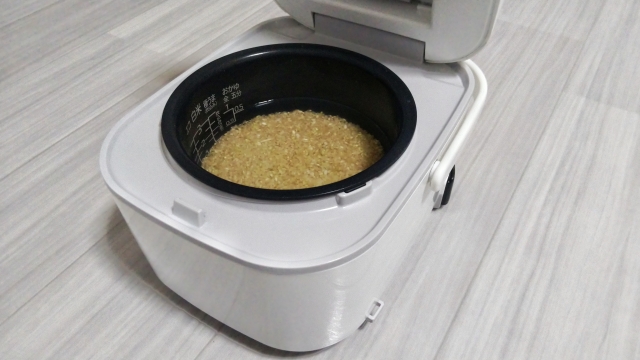
Modern rice cookers don’t stop at rice. They keep rice warm and fresh for family members who eat at different times, and offer specialized settings for brown rice, glutinous rice, and porridge.
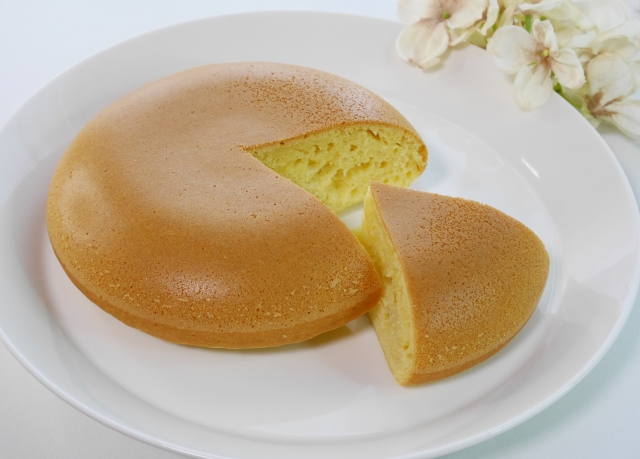
In the 2000s, creative home cooks began using rice cookers for stews, soups, and even cakes. The idea went viral, leading to cookbooks and online communities dedicated to “rice cooker recipes.”
While manufacturers don’t officially recommend these uses, they highlight just how versatile this appliance can be.
Why Japanese Rice Cookers Are Special
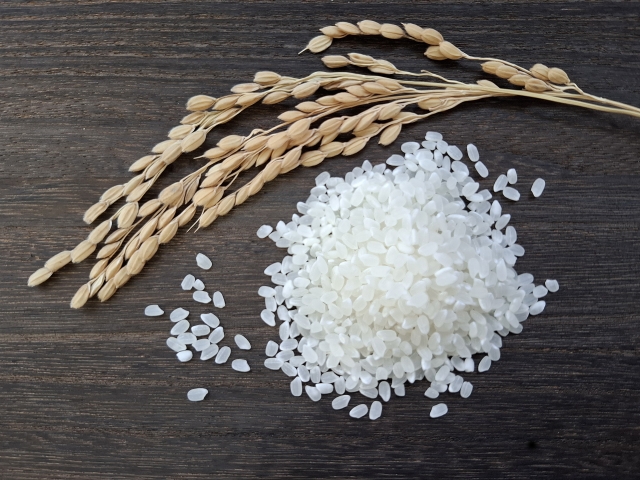
Cooking Japanese rice is not like cooking long-grain rice. Without proper technique or equipment, the center can remain hard or unevenly cooked. Japanese rice cookers are engineered with decades of experience and cultural know-how, ensuring perfectly cooked rice with minimal effort.
Even if you cook long-grain rice, a Japanese-made cooker adapts surprisingly well — a testament to the country’s dedication to refinement in everyday life.
Conclusion
The evolution of Japanese rice cookers mirrors Japan’s broader story of craftsmanship and innovation. From 1950s electric pots to today’s smart machines, they embody precision, efficiency, and the simple joy of a perfect bowl of rice — one of Japan’s most cherished symbols of home.

